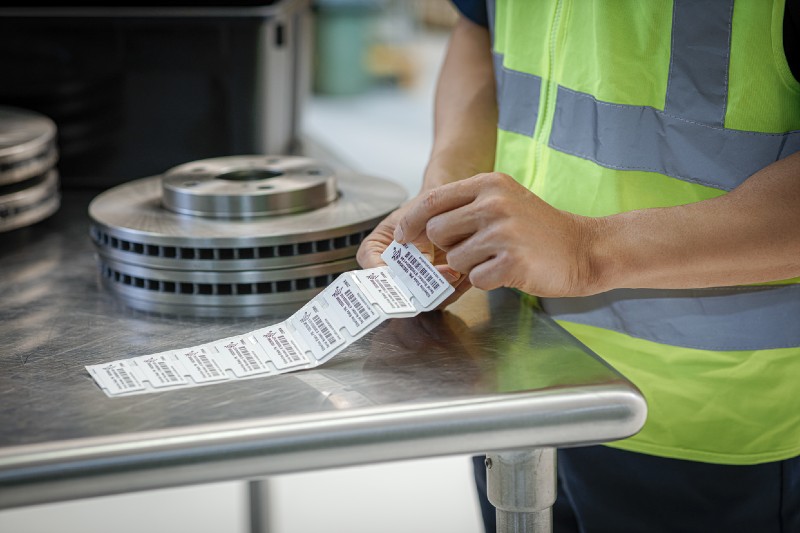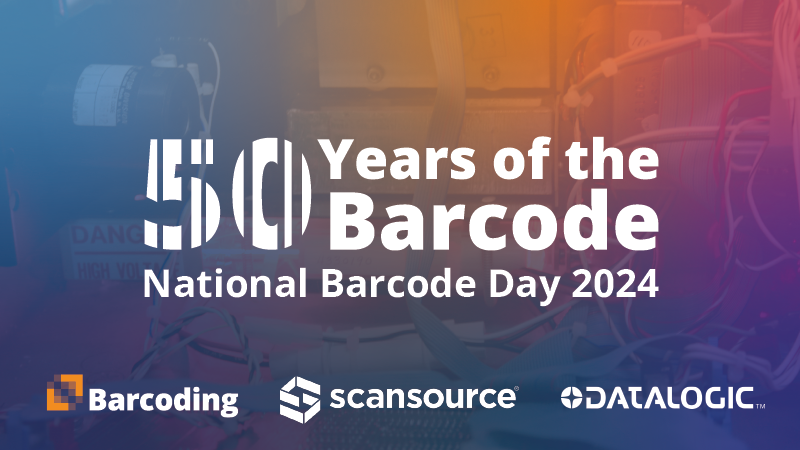Radio-frequency identification (RFID) is, very simply, a form of wireless technology in which data encoded into a microchip responds to radio waves. The concept was patented way back in the 1970s but, like most new technology, it was initially too expensive to be used widely in commercial applications. (Remember the VCR? The first one retailed for about $1200.)
Today, RFID is widely used in a variety of industries and for a variety of purposes, most commonly for asset tracking and inventory management, and their versatility is impressive.
RFID has become the darling of the industry because it has a dramatic impact on supply chain management efficiency and cost. This technology is being used to:
- Collect, manage, and analyze large sums of data – that information is then used to make more informed decisions
- Keep labor costs and operating costs low – digitally tracking assets means less manual labor
- Minimize security risks – assets are accounted for at all times, making theft less likely
- Adhere to regulatory and compliance standards
The visibility that RFID technology affords means organizations know, at any given moment, where an item is and when it reaches its destination. As you can imagine, this information is extremely important to logistics companies that are judged on their efficiency and timeliness.
How To Use RFID in Supply Chain Management
Companies can use RFID at any and all points along the supply chain. An OEM, for example, might use this technology to track each component of their finished product, and the finished product itself. Scanning can be done as parts leave their supplier, as those parts are dropped off at satellite manufacturing sites, at their arrival at a 3PL, at arrival at a parts warehouse, at gate in/gate out, at elevator lift, and as empty containers are loaded and on their way back to the supplier. Every step in the supply chain is a potential tracking point to identify the item’s progression through the system.
RFID can also help optimize shipping. A delivery truck loaded with tagged boxes can be scanned to create an up-to-date and detailed list of exactly what has been put on and removed from the truck (some limitations apply). With this visibility, a company is able to locate inventory and get it where it needs to be, when it needs to be there. As a result, there’s far less risk of fees associated with holding a trailer too long on the dock, of expedited carrier fees, of customer dissatisfaction, and of loss.
The early adoption of RFID by retail giants such as Walmart created the urgency for logistics and supply chain leaders to adopt the technology. Walmart “encouraged” their merchants to tag incoming skids so that they could better track assets. When RFID’d pallets entered Walmart warehouses and back stores, Walmart could instantly see the contents of each skid.
What Size Companies Can Use RFID?
As digital technology has advanced, RFID asset tracking has become accessible even to small and medium-sized businesses. Let’s say you run a small rug company; with RFID, you can attach a tag to every carpet in your retail shop and, by simply pressing the trigger on an RFID handheld and a quick walk into your rugs area, you’ll get an instant and accurate count of your inventory, with details like dimensions, country of manufacture, and so on. This eliminates the need for workers to do time-intensive and often inaccurate physical inventory counts (manual inventory counts that used to take upwards of three hours can be reduced to less than 10 minutes with RFID). The same principle applies in a warehouse of a supply chain management company: if their packages are tagged, they can find out in real time all the information they need to know about any box.
Barcodes or RFID?
Industry experts agree that RFID will not be a replacement for barcodes – at least not in the very near future. Some smaller assets may not be able to accommodate the space required for an RFID tag to be affixed to it and, for some use cases, it may not make financial sense to implement RFID. In these situations barcodes may be the perfect solution. However, RFID tags can be an improvement over barcodes. RFID doesn’t require line of sight – allowing for faster reads as multiple tags can be read simultaneously – and tags can be read at a greater distance than barcodes.
RFID is complex, and it’s not foolproof. Developing, executing, and properly leveraging this technology can go wrong without the guidance of an experienced partner. Partner with a systems integrator that’s seen it all, in various industries with unique needs. It can make the difference between lackluster improvements and true efficiency optimization.
Why not schedule a consultation to talk about your needs? You’ve got nothing to lose.





